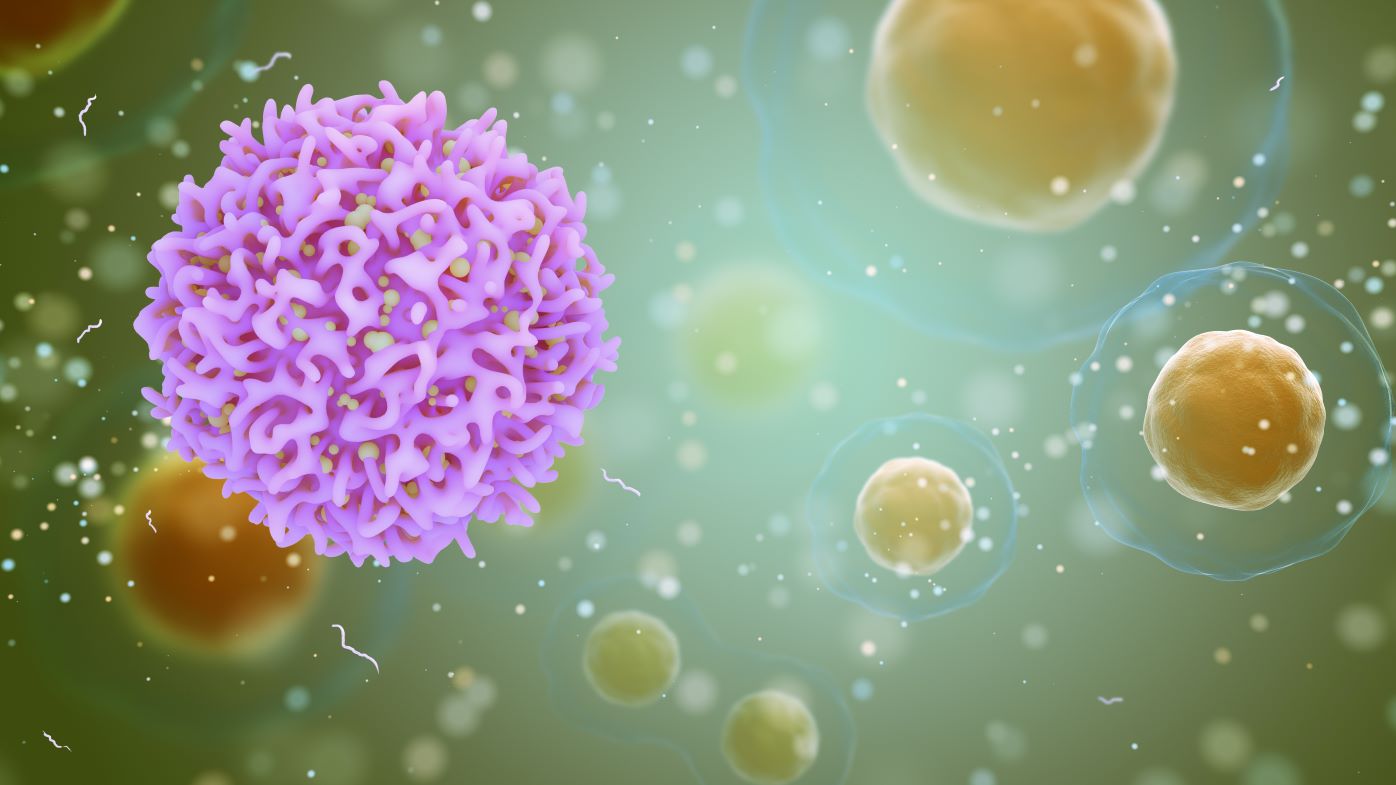
Professor Ali Taher, American University of Beirut , Lebanon
According to Professor Ali Taher of American University of Beirut, addressing the impact of the pandemic on the beta thalassemia patient community will require ongoing effort. “We are aware that in many regions supplies have been restored but follow up will be critical to understand the potential implications of under-transfusion in patients to inform care plans over the long-term. This past year has reinforced the importance of novel therapies that may reduce dependence on transfusions and preserve the patients’ own blood.”
Current and future treatment directions
Currently, the only available cure for beta-thalassemia is a stem cell transplant, but many patients may not be eligible. Fewer than 10 percent of patients eligible for a stem cell transplant actually receive one, often due to high costs or a lack of a donor.9 Another long-term solution is prevention through carrier screening and education, and some countries have found success with this approach.10,11
In recent years, however, advances in the treatment landscape have provided much needed options to address anemia resulting from beta-thalassemia and provide patients with the possibility of becoming less dependent on red blood cell transfusions.
“As we look beyond the pandemic, we’re focused on expanding treatment strategies, including gene editing and novel agents that will increase hemoglobin and reduce transfusion need , that may address health complications and improve quality of life in patients living with anemia-related diseases,” said Professor Taher.


